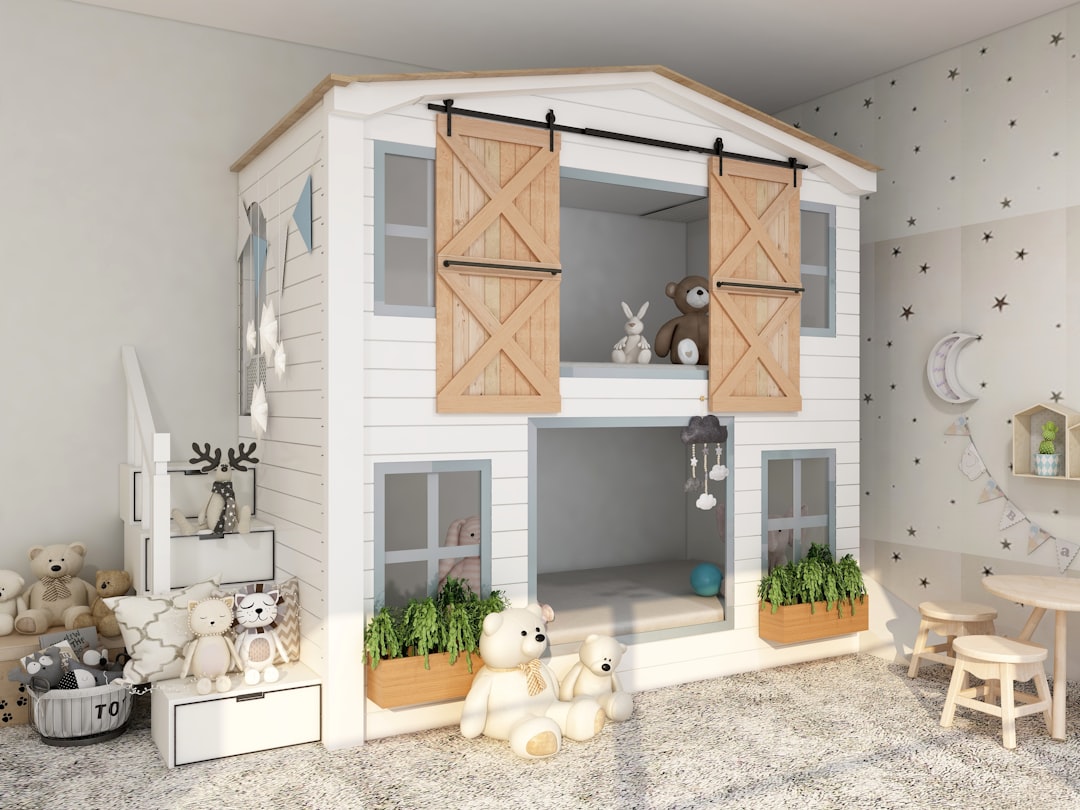Sustainable architecture is rapidly transforming the way we think about building design and construction. As concerns about climate change and resource depletion continue to grow, architects and builders are increasingly focused on creating structures that minimize environmental impact while maximizing efficiency and comfort. This approach not only addresses ecological challenges but also offers economic and social benefits.
One of the fundamental principles of sustainable architecture is energy efficiency. Buildings are designed to consume less energy through the use of advanced insulation, energy-efficient windows, and innovative heating and cooling systems. Renewable energy sources, such as solar panels and wind turbines, are often integrated into the design to further reduce reliance on non-renewable resources. These technologies not only lower energy costs but also contribute to a building’s overall sustainability.
Incorporating sustainable materials is another critical aspect of this architectural approach. Architects are increasingly using locally sourced and recycled materials to reduce the carbon footprint associated with construction. Materials like bamboo, reclaimed wood, and recycled metal are becoming popular choices due to their durability and lower environmental impact. The use of such materials not only supports local economies but also promotes a circular economy, where resources are reused and recycled.
Water conservation is also a significant focus in sustainable architecture. Innovative plumbing and irrigation systems are designed to minimize water use, while rainwater harvesting and greywater recycling systems help to further reduce the demand on municipal water supplies. These systems are essential in areas prone to drought or with limited water resources, ensuring that buildings are not only environmentally friendly but also resilient to changing climate conditions.
The design of sustainable buildings also considers the health and well-being of their occupants. Natural lighting, improved indoor air quality, and the incorporation of green spaces contribute to a healthier living and working environment. These elements not only enhance the quality of life for occupants but can also lead to increased productivity and reduced healthcare costs.
The integration of smart technologies is another exciting development in sustainable architecture. Smart systems can optimize energy use, monitor indoor air quality, and manage building security. By collecting and analyzing data, these systems enable more efficient building management and maintenance, reducing waste and improving the overall sustainability of the structure. For more insights on how sustainable architecture is revolutionizing the industry, you can visit .
Urban planning also plays a crucial role in the success of sustainable architecture. Designing communities that prioritize walkability, access to public transportation, and green spaces helps to reduce the reliance on cars and lower greenhouse gas emissions. Mixed-use developments that combine residential, commercial, and recreational spaces within walking distance further enhance sustainability by reducing the need for long commutes and promoting local economies.
As we look to the future, the potential for sustainable architecture to reshape our built environment is immense. By prioritizing energy efficiency, sustainable materials, water conservation, and occupant well-being, architects and builders are creating structures that not only meet the needs of today but also prepare us for the challenges of tomorrow. To explore more about these innovations, check out the latest developments on UKAD Group’s website.
In conclusion, sustainable architecture represents a critical shift in how we approach the design and construction of buildings. By embracing this approach, we can create structures that are not only environmentally responsible but also economically viable and socially beneficial. As technology advances and our understanding of sustainability deepens, the possibilities for transforming our built environment are limitless.





